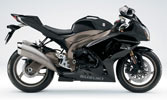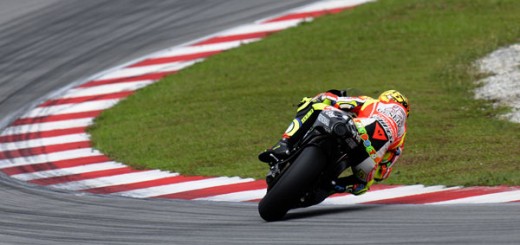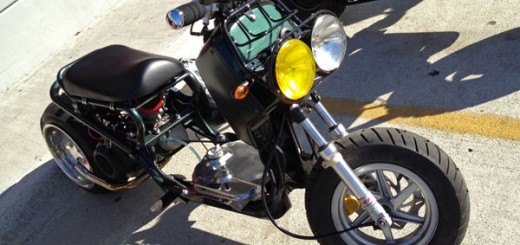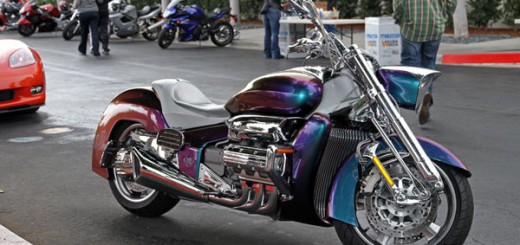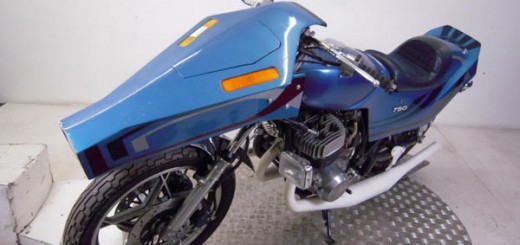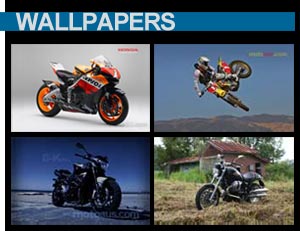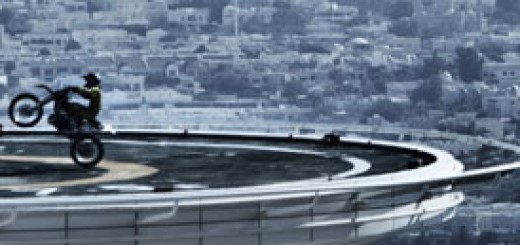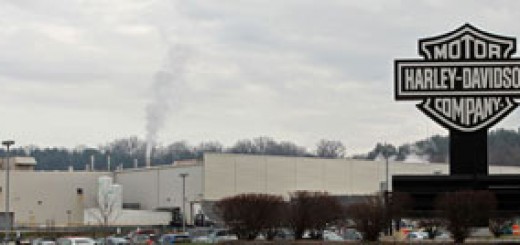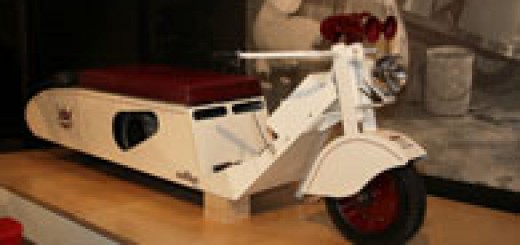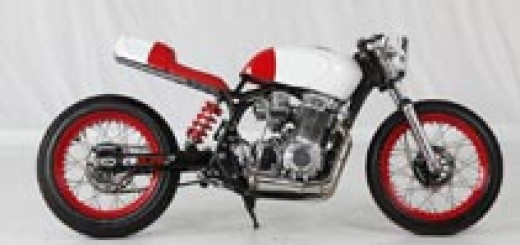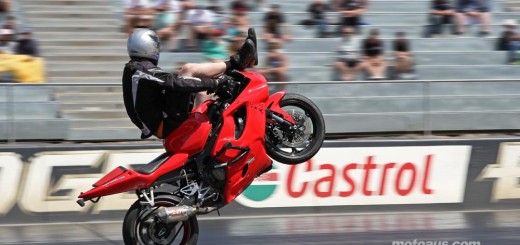Buell 1125CR Test Ride Review
 Motoaus.com takes a ride on Buell’s Cafe Racer, the 1125CR.
Motoaus.com takes a ride on Buell’s Cafe Racer, the 1125CR.

For Wallpaper images of the Buell 1125CR click here
Buell 1125CR Ride Review
After years of using Harley’s push rod Vee-Twin engine, Buell met the ever increasing horsepower demands of sportsbike buyers in 2008 with the change to a purpose built, liquid cooled high performance vee-twin motor from Rotax.
The Buell 1125R was fitted with the new 72 degree V- twin, a radical departure from previous models with the traditional Sportster based engine. The bike seen here is a Buell 1125CR, marketed as a “street” version of the R, with its Cafe Racer initials. In spite of the marketing, the CR falls into the category of love em or hate em. Mainly for its looks, in which it keeps good company with opinion polarising bikes such as Suzuki’s B-King, or Aprilia’s Tuono.
“Part superbike and part streetfighter, the 1125CR is my vision of a 21st century café racer,” says Erik Buell. Basically an 1125R stripped of its fairing, the CR sports a robotic style headlight, and retains the huge air scoops from the 1125R The 1125CR must also sport the longest list of interesting features of all the sport bikes:
- Fuel tank in frame
- Single rim mounted 375mm diameter front disc
- 8 piston caliper
- Belt drive
- Under-slung muffler
- Link-less rear shock mount
- Braided brake line
- Adjustable length on gear and rear brake levers
- Dry sump oiling
- Cush drive on front belt drive instead of rear wheel

The 146hp twin has been gone over in the fuelling department, and gearing has been lowered for more around town practicality. The other change made is a set of low clubman bars, however we found them too aggressively placed for around town work at legal speeds, and would have much preferred the optional higher bars to have been fitted.
Under way on the 1125CR, the first noticeable thing is its ride. It is very firm in the suspension, and suited smooth roads better than the bumpy goat tracks we usually frequent. It was also very lively in steering response, with a similar feel in the front to a current 600 supersport machine. The short 1384mm wheelbase – shorter than a GSX-R600- means 3 things, it turns easy, it wheelies easy, and it stoppies easy!
Showa 47mm upside down forks are up front, with full adjust-ability, with a matching piggyback unit at the rear. There is no link, the shock mounts directly between frame and swing-arm. The shock offers the same full range of adjustments, with compression, rebound and pre-load changeable.

Having read a number of negative mentions about the brakes, I was interested to see how the huge 8 piston caliper and single rim diameter size disc would work. I needn’t have worried, as it was close to perfect on our test bike, progressive feel, with major retardation available with a hard squeeze. At no time did it feel unsafe, or unpredictable as I have read elsewhere.
 The engine dished out a huge serving of power, but like most twins, did need to be kept up a bit in the revs, you can’t drive this one out of corners in top at 60kmh. But when it got on the boil, it delivered a huge smooth spread of power right up to redline. The lack of fairing will limit high speed work to a degree, but the small headlight cone appeared to deflect the worst of it.
The engine dished out a huge serving of power, but like most twins, did need to be kept up a bit in the revs, you can’t drive this one out of corners in top at 60kmh. But when it got on the boil, it delivered a huge smooth spread of power right up to redline. The lack of fairing will limit high speed work to a degree, but the small headlight cone appeared to deflect the worst of it.
The motor also sports an impressive list of features, with the 1125cc 72 degree Rotax twin built to a high revving over-square design, and fueled by massive 61mm throttle bodied fuel injection. Four valves per cylinder, Nikasil lined bores, dry sump system, and a vacuum controlled slipper clutch fill out the spec sheet. The big twin also runs 3 separate balancers to smooth things out, and they certainly work.
After some first model blues with the 1125R regarding fueling, the CRs fueling was much improved. Like all big highly tuned twins, this one doesn’t like to be lugged down too low in the revs. If you keep it above 3-4 thousand, it is a sweet thing indeed. I was genuinely – and pleasantly – surprised the first time I kept the throttle open for a run up through the 6 speeds.
The belt drive, with tensioner requiring no chain style adjustments, seemed to make the throttle response immediate. It almost felt like a motard ridden on bitumen with no cush drive. Closer inspection revealed it does in fact have a cush, but cleverly relocated to the front belt cog, reducing the unsprung weight it would add to the rear wheel.
The Pirelli Diablo Corsa III tyres fitted standard to the CR performed perfectly, both in the wet, and the limited dry time we rode the bike. This was however one of the few bikes we have returned with “chicken strips” left on the tyres. an indication that we never got to really have a good run on a fine day.

The lower gearing than it’s faired brother means it wheelies at whim off the throttle. I’d imagine this would be even more noticeable with the higher bars that I would have preferred. Combine those with an after-market muffler, as I feel the standard humongous can strangles the glorious v-twin sound a little too much, and you have the makings of a street stomper with few peers.
The tough “transformer” looks of the CR are available in black or red, interestingly it isn’t paint, rather colour impregnated into the plastic panels. There’s no steel fuel tank after all, the fuel resides inside the massive twin spar frame members, taking around 20 litres, and keeping the weight down low.
The instruments aren’t to dissimilar to Aprilia fitment, even matching them with some mild fogging inside the lens on a few annoying occasions. A large analogue tacho, with a digital speed readout, the cluster featured the usual array of features, from shift light to lap timer. It was lacking a fuel gauge, although there was a low fuel light, and a distance on reserve feature. The temperature was recorded twice, once for coolant, the other for ambient air temperature, although this must read near the engine, as it wasn’t 45 degrees the day I rode it.
The gear lever and rear brake have really handy adjustments for foot length, (see pics) a great addition. The seat was comfortable, if a little firm for long rides. The pillion seat was always in place, there is a colour keyed cover you can take on or off to discourage pillions if you wish. It has a very small pillion seat, although this is no two up tourer. The mirrors left a lot to be desired, but were great for checking out your arms. Wider bars would help here.
If we had our way, we would have loved to have ridden the bike with the higher bars, an after-market muffler to unleash some vee-twin music, and had a tinker with the suspension to soften things up a bit. The fickle weather we have been plagued with limited our riding time on the bike, and a few more long sunny days on the beast would have been nice.

As it was though, I found the CR most enjoyable on smooth higher speed roads, which took a bit of weight off my aging wrists, and highlighted the precise steering and firm chassis. It is a machine loaded with clever engineering and out of the box thinking. If being a little different is your thing, you’ll love the CR.
Reflections on the 1125CR
Cool things:
Imposing looks, why be like everyone else?
Huge power
Precise smooth road handling
Uncool things:
Mirrors – if you plan on looking behind – otherwise great.
Standard suspension setup too stiff for our bumpy local roads.
Clubman bars too low/forward for our taste. Optional higher bars are available.
For further technical information, see our 1125CR release story here.
For wallpaper images of Buells click here
Buell 1125CR Specification Overview

Thanks to Buell, and Morgan and Wacker for the test bike.


